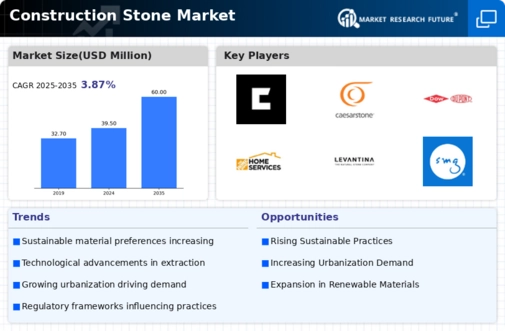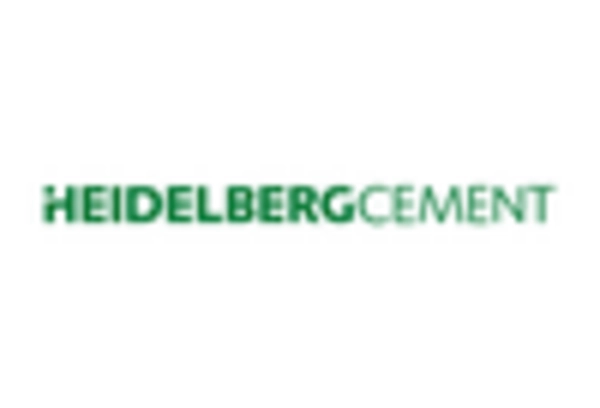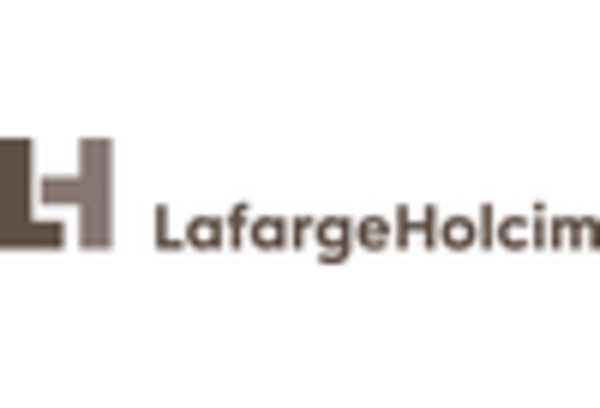Market Analysis
In-depth Analysis of Construction Stone Market Industry Landscape
The construction stone market is a dynamic sector influenced by various factors that determine its trajectory. One of the driving forces behind these dynamics is the changing demand for construction work. Urbanization continues unabated globally, resulting in high demands for construction materials, including stones., Economic factors also play a key role in shaping the dynamics of the construction stone market. Economic growth and stability directly influence the level of construction activities, thereby affecting the demand for stones. During economic booms, there is an increase in development projects, which increases demand for building materials like granite, marble limestone, and others. In contrast, during economic crises, there might be a slowdown in construction activities, leading to reduced demand for these types of stones. On the other hand, the geographical landscape has a strong influence on the dynamics of the market. Different regions have different levels of developing activities due to factors such as population density, urban planning, and industrial development. Technological advancements further contribute to the market dynamics by impacting extraction, processing, and transportation methods. Innovations in quarrying techniques, cutting technologies, and sustainability practices can affect the cost structure and efficiency of construction stones within this supply chain. Therefore, environmental considerations are becoming increasingly vital in shaping the construction stone market today. All stakeholders within the industry now have growing awareness about sustainable practices and are looking for environmentally friendly alternatives and ways of carrying out business operations. This shift in consumer preferences is driving companies to adopt sustainable sourcing and processing practices, leading to changes that will be seen at large in terms of overall dynamics within the construction stone market. The market dynamics of the construction stone industry are equally affected by regulatory frameworks and policies. For example, government policies control mining activities, environmental impact assessments, and sustainable practices that may influence the production costs and barriers to entry in this business. Market competition is a great attribute of construction stone market dynamics. Such features as innovation-related strategies linked to pricing within a competitive environment characterize the sector due to the presence of numerous local or international players. This sector also has different key factors that make it multi-faceted and constantly changeable. Economic conditions, technological progressions, ecological aspects, laws, regulations, and market forces are some of the many factors shaping this line of product trajectory. To overcome challenges and exploit opportunities in this rapidly changing market, stakeholders in the construction stone industry must appreciate these dynamic elements.

















Leave a Comment